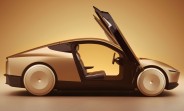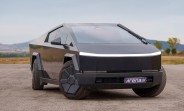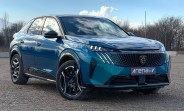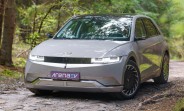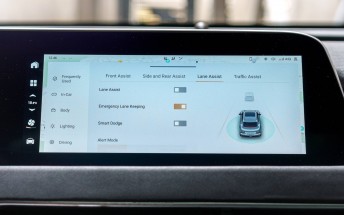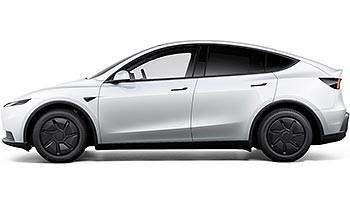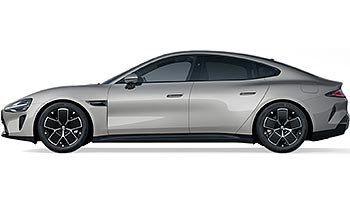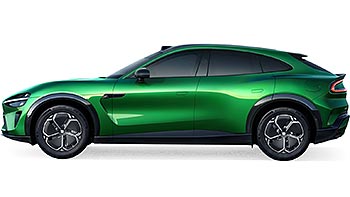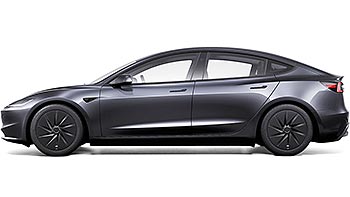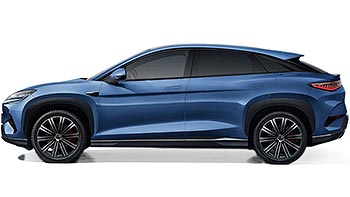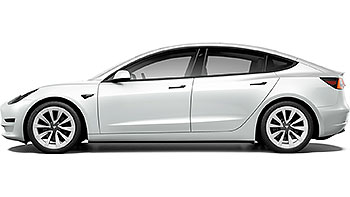Tesla Model Y Standard vs Premium: The 10 things you lose
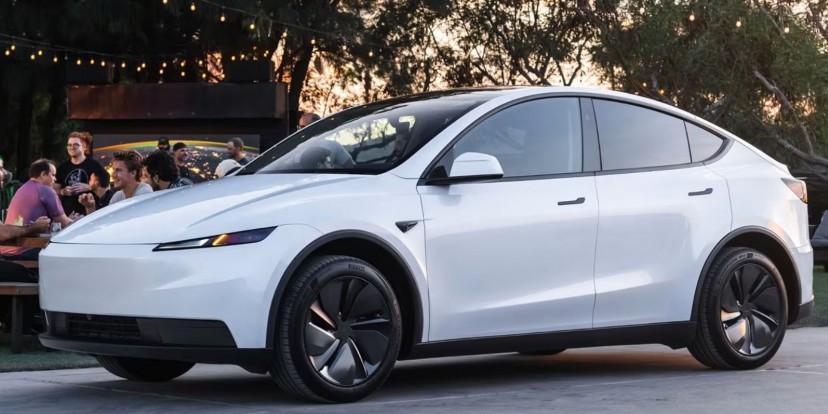
Tesla recently introduced new "Standard" versions of its two most popular electric cars, the Model 3 sedan and the Model Y crossover.
Let's look first at the 2026 Tesla Model Y Standard, which will likely be the more popular of the two new EVs. It starts at $39,990 in the US and €40,970 in Europe, which is a full $5,000/€9,000 cheaper than the Premium Rear-Wheel Drive version in the respective markets.
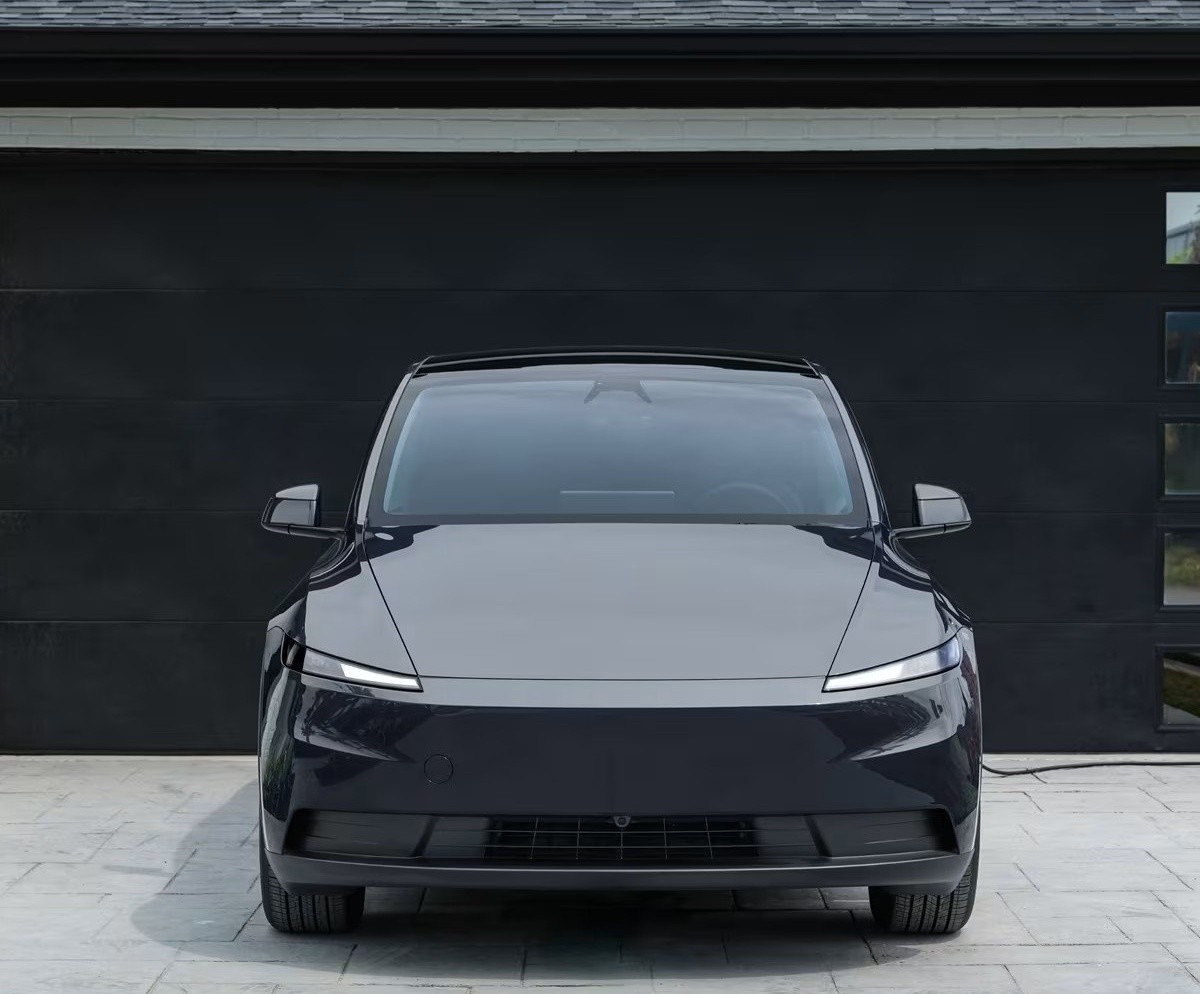
It is supposed to make owning a new Tesla more accessible for many people, but these lower prices come with a long list of missing features. To hit that magic price point, Tesla wants you to make some tough, and in some cases, very strange, decisions.
Performance loss
Curiously, Tesla doesn’t quote the exact power figures for the Standard version - neither torque nor total output is available on the company’s official websites. However, the acceleration figure is a clear indication that it can't match the now-Premium RWD version.
The 0-100 km/h sprint time is extended from 5.6s to 7.2s. That’s no small difference and even if the Standard Model Y is certainly no slouch, a big part of Tesla cars' appeal is their rapid acceleration.
Driving range and charging speed
The battery capacity has been trimmed back to 69 kWh total capacity, down from the 78.1 kWh on the base Premium version. That causes the range to dip to 321 miles, compared to 357 miles on the next cheapest Model Y.
Charging speed has also been slightly downgraded - it now goes up to 175kW as opposed to 250kW on the original Model Y, now dubbed Premium. The difference is hardly going to be notable in real life though as Tesla quotes 260km top-ups in 15 minutes on the Standard, which translates to 48% of extra charge. The Premium RWD does 266km in 15 minutes, which is actually 44% of its total range.
Smaller steel wheels
The first obvious changes on the outside brought by the Standard model are the wheels. The 19-inch aluminum wheels are swapped for basic 18-inch steel wheels. The plastic wheel coverings look outright sad, but the smaller wheels help keep the range closer to the Premium model.
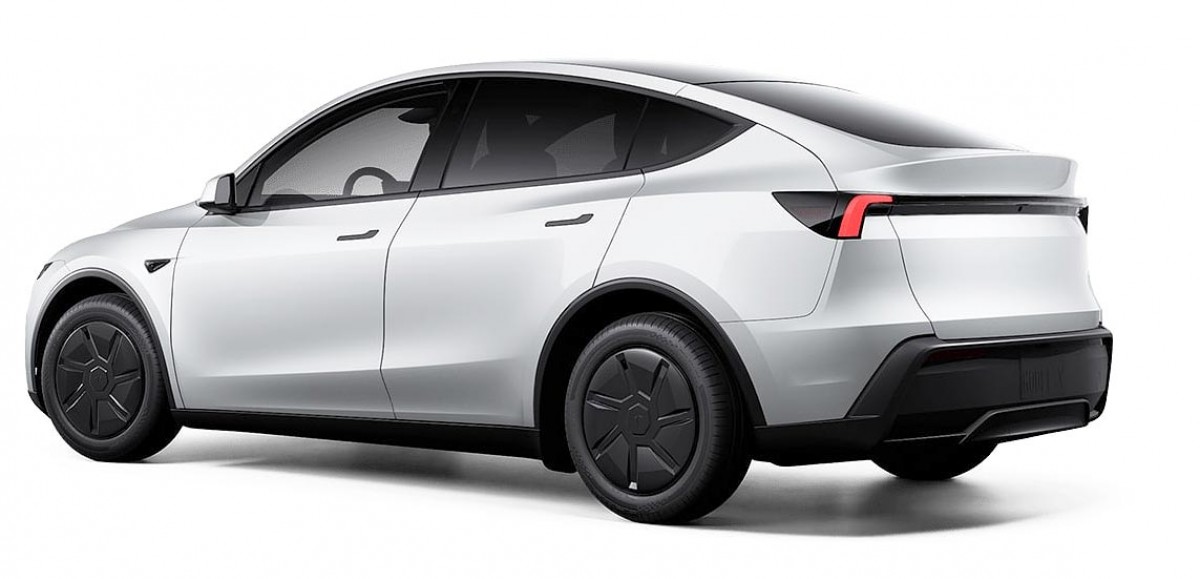
Simpler lights
Tesla simplified the lighting by removing the front and rear LED light bars. While those are more of an aesthetic change, it’s one of the key changes that the Model Y refresh brought, so it’s curious to see the company parting with it so lightly.
In more practical terms the Standard features redesigned single-unit headlights that lack an adaptive high-beam function.
Less comfortable suspension
Those that have ride comfort high on their priority lists should think twice about going for the standard Model Y. It features a more basic "run-of-the-mill" passive system, lacking the more advanced shocks found on pricier trims. While it’s hard to tell the kind of difference that makes before we’ve driven it for a while, going for a simpler and cheaper setup can’t ever be good news.
Missing driver conveniences
From a driver’s perspective perhaps the biggest omission is Autosteer, Tesla's popular lane-centering technology. Interestingly, the car has all the necessary hardware, but the feature is disabled. To get it, customers must pay an extra $8,000 for the Full Self-Driving (Supervised) package, which we doubt many Standard customers will even consider.

The side mirrors are also more basic; they can only be folded by hand and lack the auto-dimming feature that reduces glare.
Audio setup goes down a notch
The cost-cutting is immediately obvious inside the Model Y Standard. The audio system with 15 speakers and a subwoofer has been replaced by a much simpler seven-speaker setup. Strangely enough, there is no FM radio either.
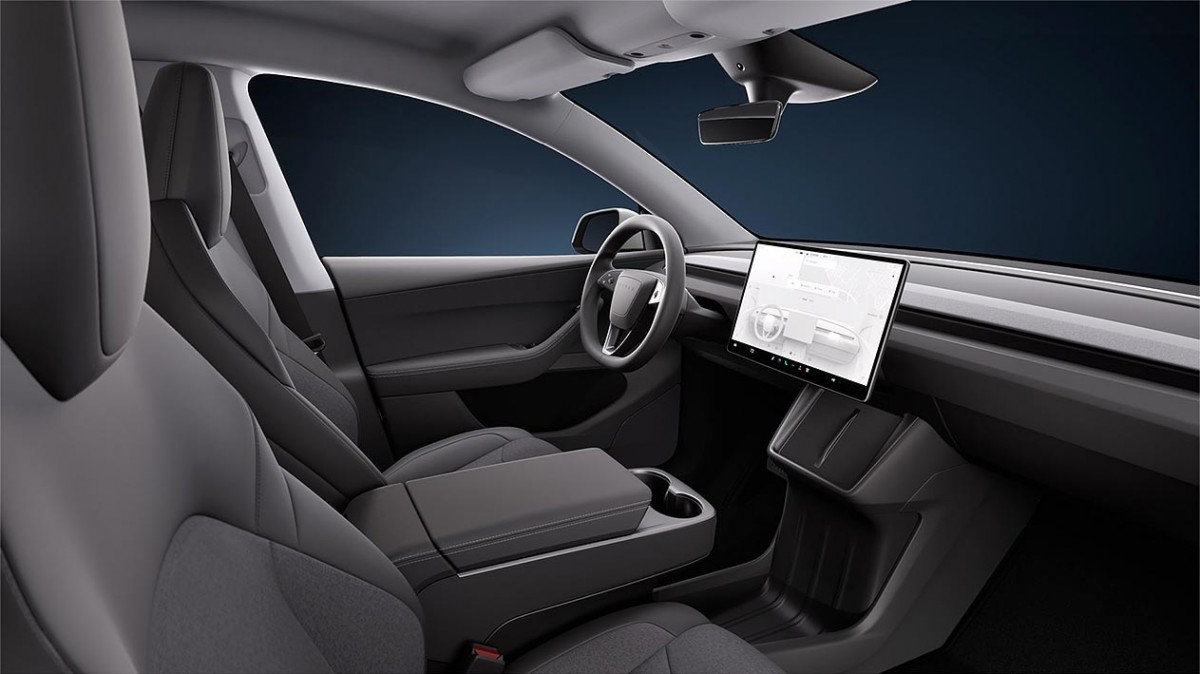
No full-leather seats
The seats have seen significant downgrades. Instead of full vegan leather, the upholstery has a dual-tone design that mixes vegan leather with cloth. Only the front seats are heated; the rear seats are not, and none of the seats come with ventilation.
The rear seats are also no longer power-folding but must be folded manually.
Fewer niceties at the back
Passengers in the back seat will notice the missing 8-inch touchscreen used for climate and entertainment controls. The rear center armrest has been removed entirely, meaning the only way for backseat passengers to access cupholders is to fold down the entire middle seat.
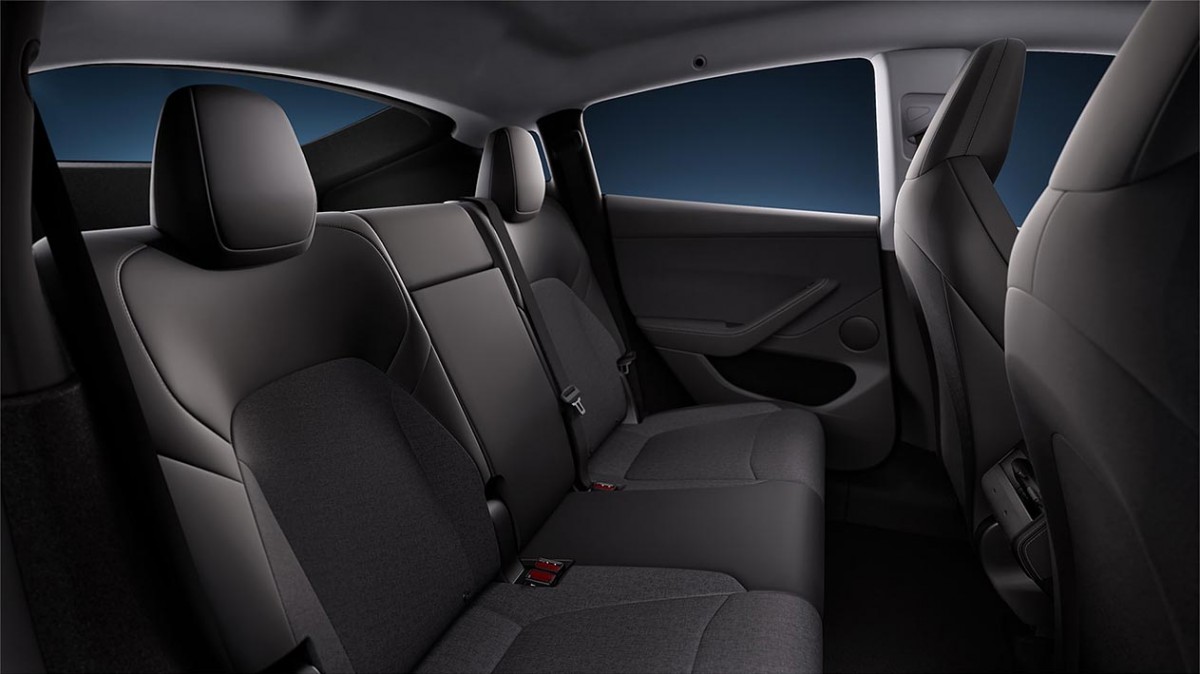
A curious new roof
The most peculiar change is found overhead - the car is still built with a massive panoramic glass roof, but owners won't be able to see through it. Tesla decided to completely cover the interior of the glass with a standard fabric headliner.

According to the company, doing this was cheaper than designing and installing a new solid metal roof panel. Wouldn't it have been cheaper still to just leave it be then?
Early outlook
This new bare-bones version of Tesla's best-selling electric car arrives at a time of increasing competition. EVs like the Hyundai Ioniq 5 and Chevrolet Equinox are gaining popularity and undercut even the Model Y Standard's price, while offering more features even in their base trims.
Tesla tried this deep-cutting strategy before with the entry-level Cybertruck, an experiment that ended after just five months due to next-to-no sales at all.
While it's a way to offset the expired federal tax credits, it will be interesting to see how many will be willing to sacrifice that much and go for the Standard trim. Or was it always about making the original model (now Premium) more desirable?
Related
Reader comments
Nothing yet. Be the first to comment.
